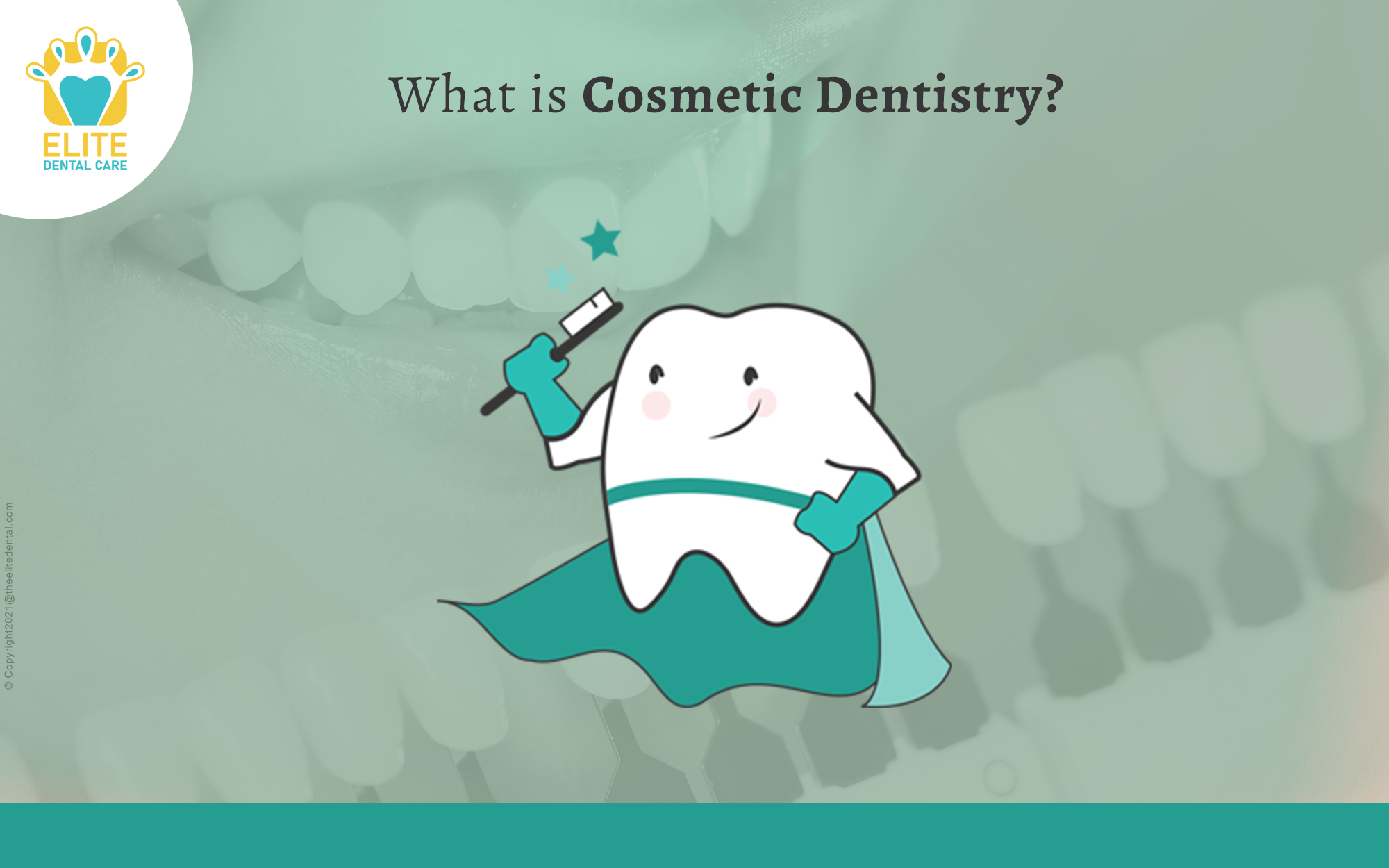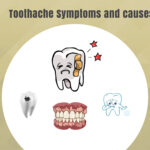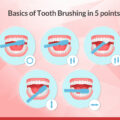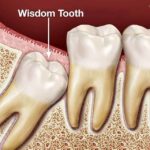
dental caredentureshygiene tipsoral healthTeeth Whitening
edental
3 July 2022
WHAT IS COSMETIC DENTISTRY?
Cosmetic Dentistry refers to addressing a patient’s specific concerns; a variety of treatments are available. The improvement of a patient’s smile and general dental aesthetics, as well as the correction of discoloration, is frequently possible.
In simple words, “Cosmetic dentistry” was born out of a desire for a beautiful smile. In recent years, this discipline of dentistry has exploded in popularity, fueled by the need for perfection.
Cosmetic dentistry aims to improve or restore a person’s dental appearance by addressing issues such as gum alignment, color, shape, and size. This operation can be used to reshape teeth, change their shape, close gaps, and restore worn-out teeth.
The majority of the procedures are straightforward, such as bonding, bleaching, contouring, and veneering. Although most patients seek cosmetic dentistry for its aesthetic benefits, it can also help with non-aesthetic issues like correcting their bite. Cosmetic dentistry has a lot to offer, from minor repairs to dramatic improvements in appearance.
Cosmetic Dentistry: A Socio-ethical evaluation
Cosmetic dentistry is a contentious topic. Cosmetic dentistry is frequently chastised in debates over the dental profession’s mission because it is classed as a non-therapeutic intervention. This article examines the ethics of self-care, healthcare definitions, and the social aim of dentistry to reevaluate this assertion, finding the standard position lacking in its findings.
Traditional views of dentistry as a profession are at odds with the shift in dentistry from a healthcare profession to a mostly business-focused interaction between clinician and patient. While it is obvious that cosmetic dental treatment lends itself particularly well to the commercial paradigm, this is not unique to this field of dentistry.
The cultural basis of dental aesthetics is examined, as well as the potential for the dental profession to use coercion to force the public to undergo treatment based on societal norms. Cosmetic dentistry is certainly a component of the professional purpose of 21st Century dentistry, according to this article. However, there is a catch here: this position is contingent on dental practitioners’ professional conduct staying resilient to commercial practices that are incompatible with professional requirements. The role of lasers in cosmetic dentistry*
Dental lasers make a substantial contribution to the field of aesthetic dentistry, serving as a vital resource for practitioners performing a variety of cosmetic operations. Patients benefit from tremendous clinical advantages, such as sterile surgical sites and increased comfort levels, thanks to practitioners in this specialized field, who not only help patients achieve beautiful and ideal smiles and dental health but also help them benefit from tremendous clinical advantages, such as sterile surgical sites and increased comfort levels.
Tooth whitening will always be a popular cosmetic dental procedure. Creating the most effective and secure technique
What are the different treatments involved in cosmetic dentistry?
- Teeth Whitening:
A protective substance is applied by the dentist after applying a protective material to the gums, the dentist will apply a whitening gel containing hydrogen peroxide to the tooth’s surface. The gel is then activated and the bleaching process is accelerated by shining a powerful laser light on your teeth. It will take between 30 and 90 minutes to complete the process. The number of sessions required for this procedure will vary depending on the severity of the staining on your teeth, but it normally takes 1 to 3 sessions.
- Veneers:
These are used to treat crowding of the teeth. Veneers are thin pieces of porcelain that dentists use to alter the size of a tooth. The veneers are colored and sculpted to match your existing teeth, and then a bonding agent is used to adhere them to your tooth surface. The veneer can be shaped by drilling. This treatment will necessitate the use of two different settings. It will take 2-4 weeks to complete the treatment. These can endure up to 15-20 years if properly cared for.
- Teeth Straightening:
This can be accomplished in two ways: orthodontically or aesthetically.
Cosmetic teeth straightening – You’ll be put under local anesthetic, and the dentist will utilize surgical equipment to remove sections of the gum with the device’s heat. The gums are altered to accommodate the new veneers. The teeth will be drilled to make room for the veneers, which will be bonded to the teeth after drilling. The surgery will last around 3 hours, with three appointments required for treatment.
Orthodontics – Orthodontics is the most common and popular method of straightening teeth. Inside the mouth, tooth-colored or metal braces are placed over the teeth. To straighten the teeth, the wires push and pull them. This treatment will take 2 – 3 years and you might also have to wear retainers afterwards.
- Crowns:
This procedure is used to repair a fractured tooth. To manufacture a crown out of metal or porcelain, an imprint of your tooth will be taken. The crown will be glued to the remaining section of the tooth after a portion of the original tooth is removed. The crowns are permanent, and the operation takes two hours plus a few follow-up appointments. It will take about 3 weeks to complete the treatment.
- Bridges:
Gaps are filled using bridges. A porcelain bridge is created and then glued to the teeth on either side of the gap. Drilling holes in the two teeth allows the bridge to be fastened to them. The crown in the middle will seem like a tooth and blend in with the other teeth.
- White fillings:
For teeth with fewer gaps between them, this procedure is used. Glass particles and resin make up the filling, which is cemented into the tooth with a bonding agent. These fillings will last over 15 years if properly cared for.




